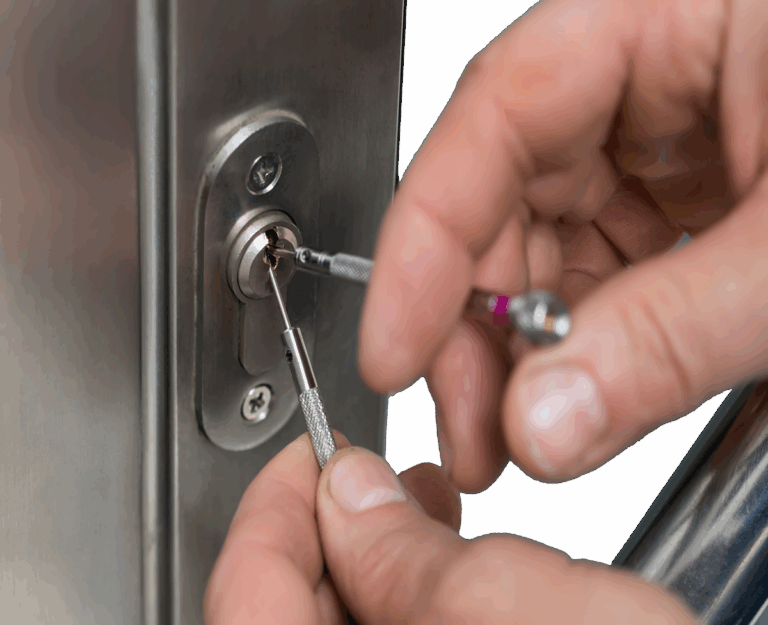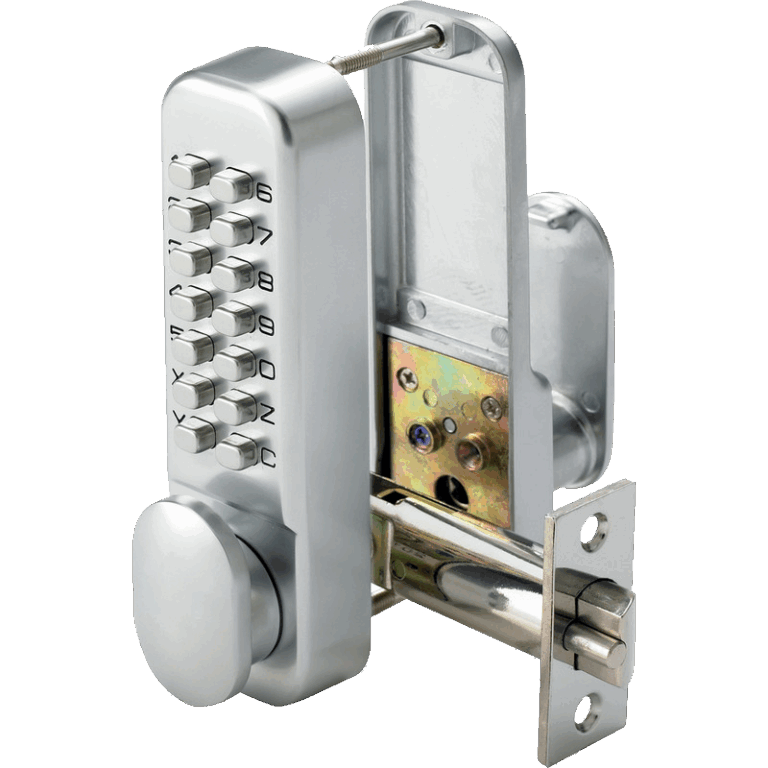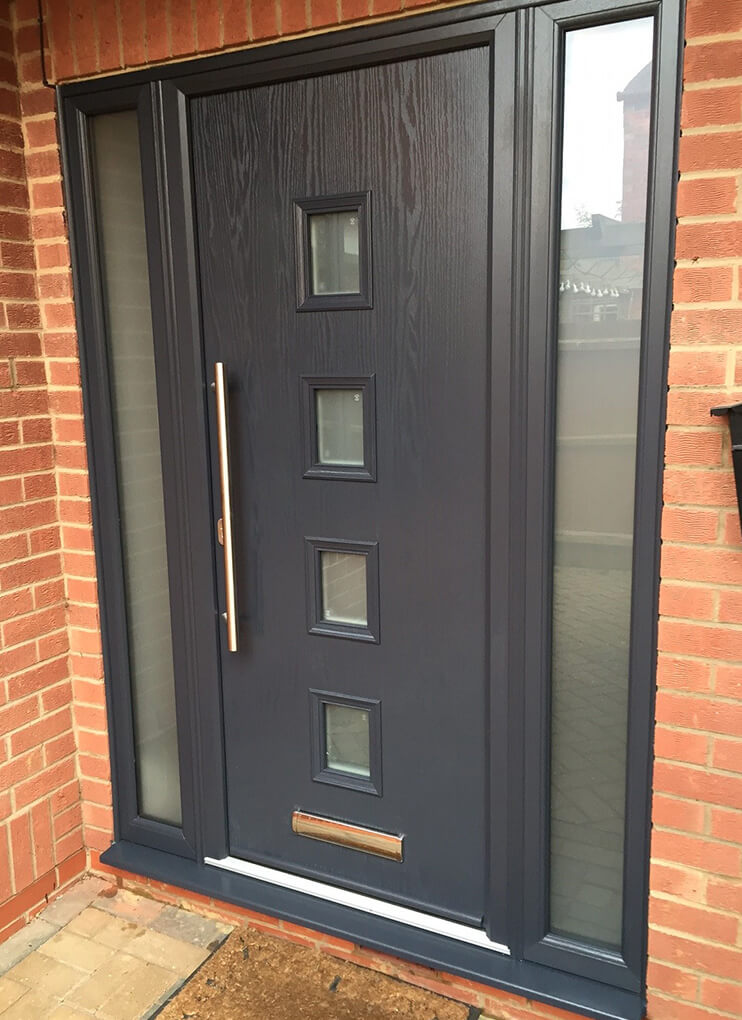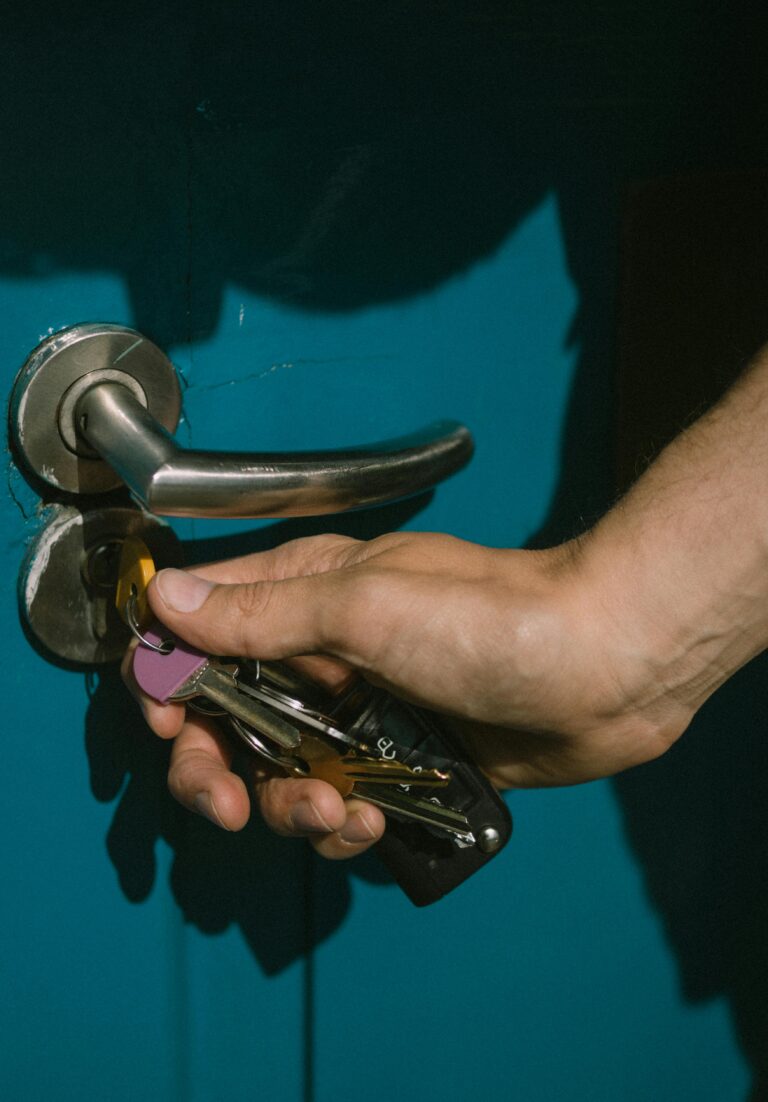SL Locksmith operates in Slough SL1 3BW

Insurance Required BS3621 Locks
SL Locksmiths’ vans are stocked with a wide range of locks and spare parts, allowing us to handle any job, day or night. We’re available 24/7, ready to take your call. Every member of our team is highly experienced and thoroughly vetted, upholding the trusted reputation of the LS Locksmith name.
Commercial Locksmith
Number & Code Locks
Lockout Response Within An Hour
Emergency Locksmith Services
We will attend and priortise your emergency at any time of the day or night.
We open and replace locks of all shapes and sizes to accommodate any security needs and budgets
We will attend and priortise your repairs at any time of the day or night.
Jammed & Damaged Locks
Broken & Lost Keys


We provide cover to: Eaton Wick, Taplow, Hedsor, Well End, Wooburn Green, Flackwell Heath, Burnham, Farnham Common, Stoke Poges, Hedgerley, Middle Green, Iver, Datchet, Windsor & Maidenhead.
With over 13 years of experience serving the SL postcode area, we’ve earned a strong reputation for providing safe, efficient, and trustworthy locksmith solutions to our community. Our highly experienced and thoroughly vetted team ensures that every job meets the highest standards of quality and integrity.
We take great care to leave your doors and property in pristine condition, free from scratches or damage, delivering secure, professional results you can rely on.
All of our work is fully guaranteed, and we’re dedicated to securing your home or business with minimum fuss and maximum efficiency.








 We can be contacted 24/7 and throughout the year.
We can be contacted 24/7 and throughout the year.